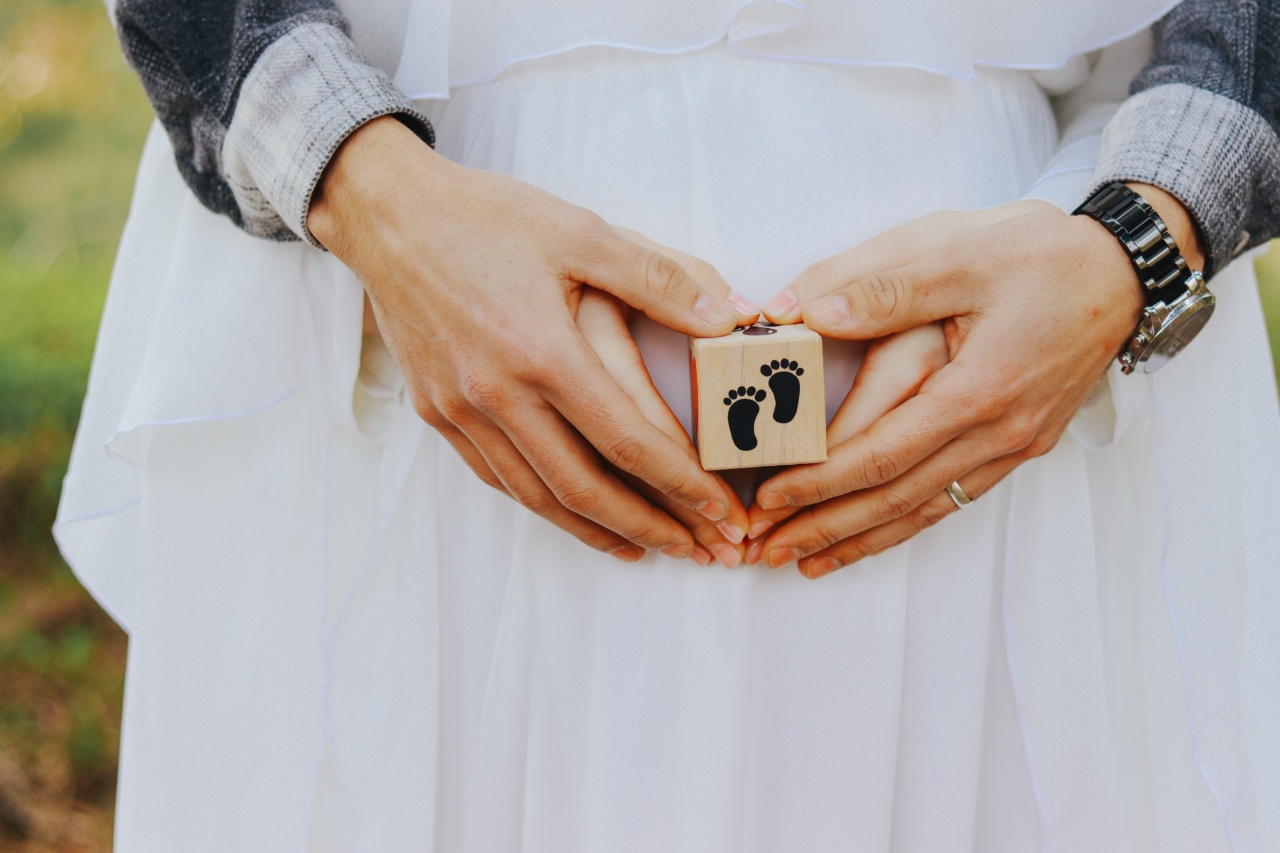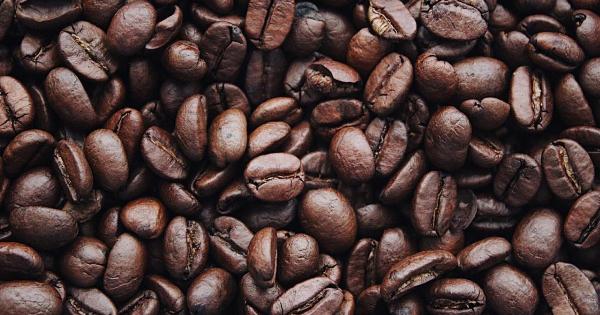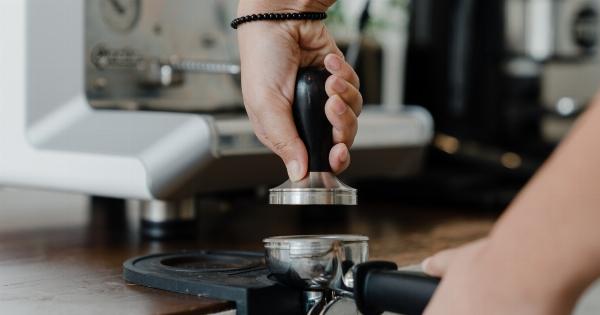Pregnancy is a crucial time for a woman’s health and well-being, and it’s essential to take extra care of yourself during this period.
One of the most common questions that pregnant women ask is whether it’s safe to drink caffeine during pregnancy. While caffeine is a common ingredient in many foods and drinks, its safety during pregnancy is a topic of debate. In this article, we’ll take a closer look at caffeine and pregnancy to help you understand what’s safe and what’s not.
What is caffeine?
Caffeine is a naturally occurring stimulant found in many plants and beverages such as tea, coffee, and soft drinks. It is also present in some pain relievers, cold medicines, and energy drinks.
Caffeine stimulates the central nervous system, making you feel more alert and awake. However, excessive consumption of caffeine can result in jitteriness, anxiety, and sleep disturbances.
How does caffeine affect pregnancy?
The effects of caffeine on pregnancy are still a subject of debate. Some studies have suggested that high levels of caffeine intake during pregnancy can increase the risk of miscarriage, low birth weight, preterm birth, and developmental delays.
However, these studies have not been conclusive, and more research is needed to determine the exact impact of caffeine on pregnancy outcomes.
What are the recommended caffeine intake levels during pregnancy?
The American College of Obstetricians and Gynecologists (ACOG) recommends that pregnant women limit their caffeine intake to less than 200 milligrams per day, which is equivalent to one 12-ounce cup of coffee.
However, other experts recommend a lower limit of 100 milligrams per day to be on the safe side.
What are the sources of caffeine?
Caffeine is present in many different foods and drinks, so it’s essential to be aware of its sources. Here are some examples:.
- Coffee (8-ounce cup): 95-165 milligrams
- Black tea (8-ounce cup): 14-70 milligrams
- Green tea (8-ounce cup): 24-45 milligrams
- Soda (12-ounce can): 30-50 milligrams
- Black chocolate (1 ounce): 12 milligrams
- White chocolate (1 ounce): 0 milligrams
- Energy drinks (8.4-ounce can): 70-200 milligrams
- Some pain relievers and cold medicines: varies
What are the risks of excessive caffeine intake during pregnancy?
Although the exact impact of caffeine on pregnancy outcomes is still unclear, some risks associated with excessive caffeine intake during pregnancy include:.
- Miscarriage
- Low birth weight
- Preterm birth
- Developmental delays
- Increased heart rate and blood pressure
- Difficulty sleeping
- Dehydration
- Anxiety and nervousness
How can I reduce my caffeine intake during pregnancy?
Reducing your caffeine intake during pregnancy can be challenging, especially if you’re used to drinking caffeinated beverages regularly. Here are some tips to help you cut back on caffeine:.
- Switch to decaf coffee or tea.
- Opt for herbal teas that do not contain caffeine.
- Limit your consumption of sodas and energy drinks.
- Avoid chocolate and other foods containing caffeine.
- Read the labels of pain relievers and cold medicines to check for caffeine content.
Conclusion
While the risks of caffeine intake during pregnancy are still uncertain, it’s best to limit your intake to avoid any potential harm to yourself and your baby.
Remember to talk to your healthcare provider if you have any concerns about your caffeine intake or any other aspect of your pregnancy.




























